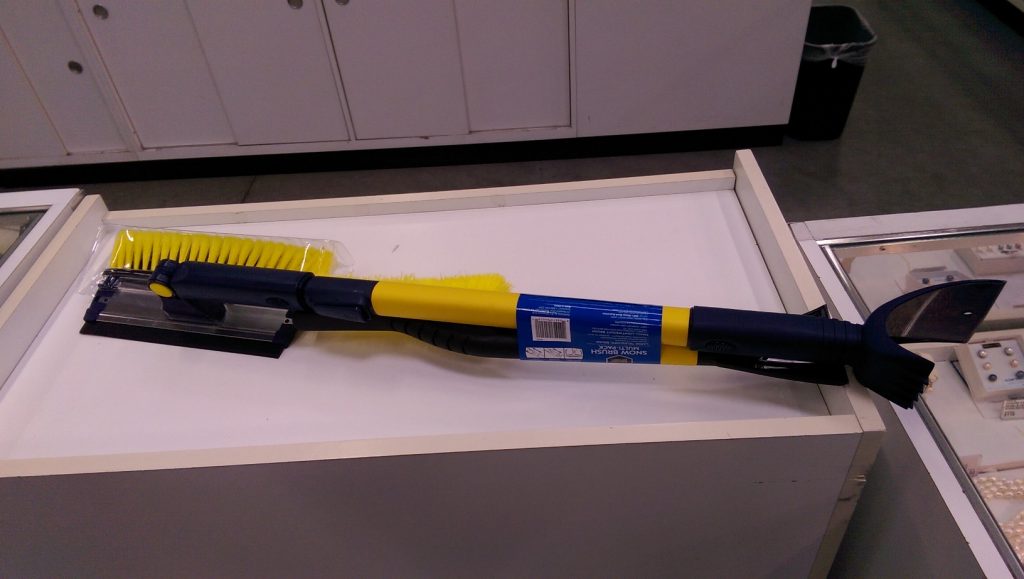Search Share Learn. (A rip off of “eat love pray”.)
I was reading a story this morning about ResearchGate a social media community for researchers. It’s a place where they can get together online to share ideas, sources and projects – the end game of which is to accelerate project completion. If Facebook is the 800 lb. gorilla, social media plats (short for platforms) are smaller more discrete communities where people can commune and learn. Edmodo is one such for educators. Houzz is one for home remodelers. And Etsy for people selling their home made crafts.
These category-specific social media plats bring the world’s resources to our fingertips. I remember talking and thinking about this while in a strategic role at (start-up) Zude in 2006. Then, a few years later, while working for JWT on a “future of work” project for client Microsoft, the topic came up again under the guise of something I named the “logged and tagged workforce” — an idea where was the project was more important than the workers.
The web opens up worlds of information and data to everyone. Google’s ability to search this information has transformed our lives. But as search matures and we pull back in search of better ways to get stuff done, I’m realizing how random and mis-organized is the Google sphere. Smaller learning and sharing communities are the future. And they won’t be free either.
More to come, once I dump the cache.
Peace.



